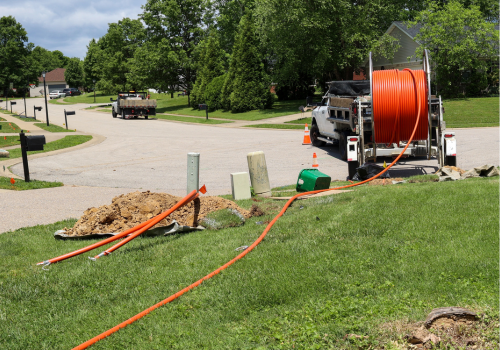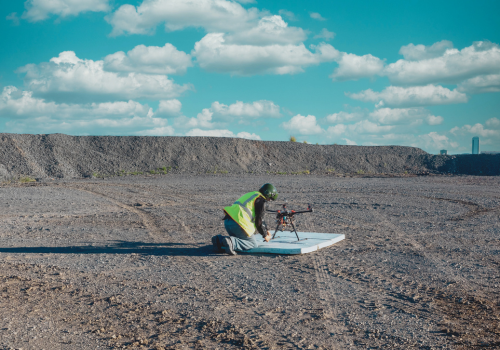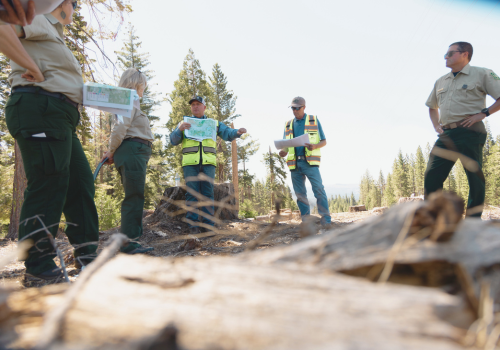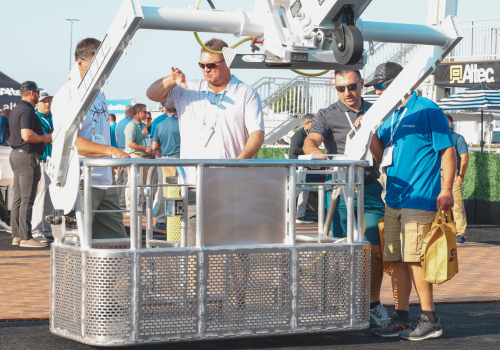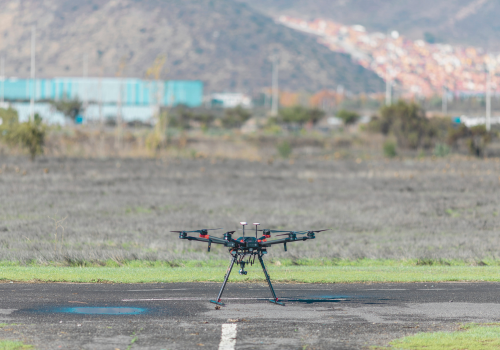On a job site, it’s tempting to immediately start a task or resolve an issue with a “get ‘er done” attitude. However, in doing so, you lose the opportunity to identify safety risks.
When working as a team, you also need to discuss the risks of that job site. By discussing safety risks, you decrease the chances of someone getting injured.
The utilities sector is a higher-risk sector. Some of the most frequent worksite causes of injury and death are present in the utilities industry. These include slips and falls, collision with a moving object, and contact with dangerous substances.
According to statistics published by the Bureau of Labor Statistics, there is a range in incidence rates of nonfatal occupational injuries and illnesses within the utilities sector. Water and sewer line-related injuries for the year 2020, for example, had an incident rate of 2.6 per 100 people. Utility system construction had an incident rate of 1.7 per 100 people for the same year. And oil and gas pipeline was the safest at 0.6. (The average for all industries is 2.9.)
According to statista.com, “In 2022, almost 177,000 people worked for utilities in the electric power generation sector in the United States.” If we apply the incident rate for “utility system construction” (1.7 per 100 people), that means annually about 3,000 people employed in the sector are injuring themselves on the job.
One of the easiest things companies working in the utilities sector can do to decrease worksite injuries and deaths is to talk with your employees every day about safety risks on the job site.
Toolbox talks that will actually work
A toolbox talk (or tailgate talk) is a brief discussion about job site requirements, conditions, and changes. Safety is a component of all three of them.
When discussing job site requirements, the super outlines the specific tasks that will be performed that day. So, that’s a good time to remind people of some of the specific safety risks when performing those tasks. When discussing conditions, the super outlines environmental aspects that may impact their work. So, why not talk about environmental hazards, too? And when discussing job site changes, it’s beneficial to also outline any hazards caused by the changes.
Monica Rakoczy, Owner of EnterTRAINING Solutions is a huge champion of toolbox talks. “No matter how much training you provide people up front, people can’t retain all that information. Quick-hit prompts in bite-size pieces remind people what they learned and the need to pay attention.”
EnterTRAINING Solutions provides OSHA safety training and compliance assistance for the utility, construction, and industrial industries. It focuses on presenting safety in a fun and engaging manner that leads to lasting impressions.
She discussed this topic in her sold-out Toolbox/Tailgate Talks education session at The Utility Expo 2023. Below are a few tips on how to improve your toolbox talks.
- “Keep them varied and fresh,” says Rakoczy. “People become immune to repeating the same format. Use news articles, case studies, videos, etc.”
- Length is key. Toolbox talks should be brief. Even if the content is great, you will eventually lose people’s attention.
- Be consistent. Although the talks need to be varied, the practice of talking about safety needs to be consistent to be effective. And consistent practice will lead to better safety talks.
- Make the talks interactive. “These talks should be conversations. You’re talking with—not to—the crew. Also, get hands-on with the tools or equipment,” she says.
- Use humor. People engage with humor. Worksite injury is not a fun topic. People want to tune out before you even start talking about safety.
- Use rewards and punishments. The reward could be a free coffee and donut. The punishment could be to make the person stand with their hands on their head for the rest of the safety talk.
- Consider your audience. Newer and older workers have different safety knowledge requirements. Newer workers don’t know much. And older workers think they know everything.
“According to the newest statistic, in 2022, the 55-64 age group had the highest fatalities. The number of fatalities in that group is double the amount in the under 55 age group,” says Rakoczy. “So, older workers need to hear safety tips at least as much as everyone else.
Jazz up your toolbox talks, or start them, and decrease the number of worksite injuries on your job site.
Subscribe to The Utility Expo monthly newsletter to receive more industry insights like this.


